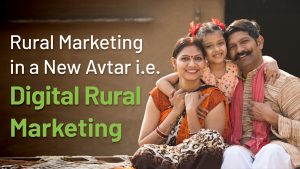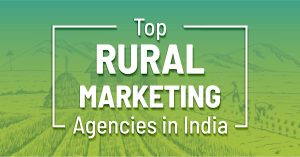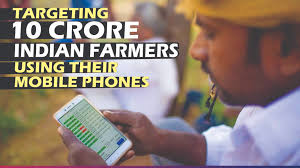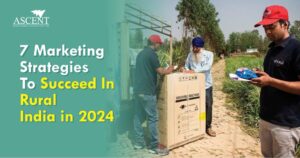Rural markets in India have grown in importance in recent years as economic progress has resulted in a significant increase in the purchasing power of rural residents, making the rural market appealing to businesses. As a result, companies take advantage of the situation through rural marketing in India. This marketing, however, necessitates a rural marketing plan, and one of the cornerstones of this marketing plan should be rural marketing strategies in India that must be appropriately implemented to increase sales and achieve long-term competitive advantage.
What is a Rural Marketing Strategy?
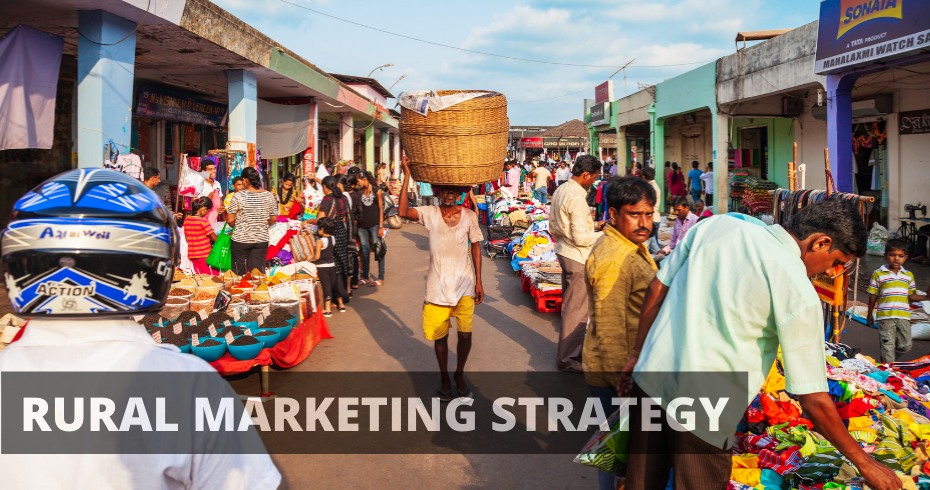
A rural marketing strategy is a process that enables a business or a rural marketing agency marketing in rural areas to focus limited resources on the most promising opportunities to increase sales and gain a sustainable competitive advantage.
Rural marketing strategies serve as the foundation for marketing programs aimed at meeting the needs of rural markets and achieving marketing objectives. The strategies that make the rural marketing plan effective serve as the plan’s foundation.
Also, Read Rural Marketing in India: Everything You Need to Know
Rural Marketing Strategies in India for Effectively Targeting The Rural Market
Marketers must carefully select appropriate strategic solutions for the target group to succeed in the rural market. The following are some strategies for targeting the rural market:
Rural Market segmentation

When it comes to rural marketing strategies, segmentation should always be one of your first stops. Rural market segmentation identifies various segments within your rural target audience based on geographic location, demographics, socioeconomics, psychographics, product-oriented customer approach, and behavioral segmentation to provide more tailored and meaningful messaging to them. Using rural marketing segmentation will allow solid brand development and tailoring of marketing programs.
Furthermore, it will assist in reducing expenditures on unwanted customers, determining the capabilities of business competitors, and providing opportunities to expand in the rural market, thereby improving marketing efficiency.
Product Strategy
One of the essential marketing strategies for rural marketing is product strategy. It entails comprehending the product’s worth, packaging, branding, logos, and symbols. Developing a product strategy for the rural market differs from creating a product strategy for the urban market. Rural consumers’ needs and demands may vary from urban consumers, so it’s critical to hit the right notes when developing marketing strategies for the rural market.

Small unit packaging for shampoos, Vicks, biscuits, pickles, coke cans, and other products that worked well in rural areas are being widely adopted. This small packaging is affordable and easily accessible to users with lower incomes. As a result, it attracts a large number of rural customers. It’s not just the packaging; it’s also the logos and symbols. Although there has been a significant increase in literacy, many rural people are still unable to identify brands due to English; therefore, logos and symbols should be used effectively to create a long-lasting impression for them through the product rural marketing strategies.
Pricing strategy

Among rural marketing strategies in India, pricing strategy is essential for product positioning. This entails a thorough understanding of the factors that influence pricing, such as customers, competitors, suppliers, and so on, to create pricing such as optional product pricing (includes the price of accessories along with the main product), captive product pricing (consists of the cost of product that can be used with the main one), product bundle pricing (incorporating the prices of several products in one), penetration pricing (pricing based on similar product), and so on. Above all, the pricing strategy considers cost, value, demand, and competition.
Communication Strategy
Thorough market research is required for an effective communication strategy, which includes researching rural customers’ needs, demands, fears, aspirations, and hopes compared to the product you intend to offer them. Following the collection of all information, a strategy should be developed with the various rural segments in mind. Suppose a company hopes to expand through rural marketing in rural markets. In that case, it must create a specialized and appropriate communication package for this population as one of the essential rural marketing strategies.

The communication should educate the rural audience in an interactive, entertaining, and exciting manner and in their native language. Businesses should develop and deploy a communication interface that combines modern and traditional communication methods seeing the importance of rural marketing. Additionally, simple audio visual resources can be delivered in person via mobile vans, rural farmer meetings, roadshows, and video on wheels programs that use interactive activities and contests to expound on the theme of the rural marketing campaign. Most importantly, with internet penetration in rural areas, communication can now be done through digital mediums such as YouTube, Facebook, WhatsApp, etc.
Also, Read Attention-grabbing rural marketing strategies to drive maximum engagement.
Promotional Strategy
Personal selling, word of mouth, door to door promotion, free display materials, draw contests, free sample distribution, fairs, haats, melas, interactive games, nukkad nataks, wall paintings, hoardings, puppetry, folk media, promotion through village influencers, and other promotional strategies must be included in rural marketing strategies.

These promotional strategies can be effective if you are familiar with rural areas, are fluent in local languages, are persuasive rather than pushy, and provide value to the rural target audience while keeping their pain points in mind.
Distribution Strategy
Rural marketing success is dependent on proper distribution and pricing. Businesses that establish many distribution centers to serve a small geographic area can excel. As a result, they can reach out to customers right away.

Rural distribution strategies may include rural haats, melas, mandees, cooperative societies, public distribution systems, etc. Marketers and rural marketing agencies in India must regularly establish and adjust distribution strategies to account for the nature and characteristics of rural markets, which can differ significantly from those of urban Indian markets.
Conclusion
Marketing in rural India is a dynamic state of affairs linked to the country’s overall economy. So, without a doubt, rural marketing is an exciting opportunity for Indian businesses to grow. As a result, companies must learn effective rural marketing strategies in India to establish themselves in the emerging Indian rural market.


